Why You Should Choose an AC to DC Converter for Your Electronic Applications
In the realm of electronic applications, the choice between alternating current (AC) and direct current (DC) is pivotal, especially when it comes to powering devices efficiently. The AC to DC converter has emerged as a vital component in modern electronics, demonstrating a significant growth trend in the industry. According to a recent report by Markets and Markets, the global AC-DC power supply market is projected to reach USD 10.6 billion by 2025, growing at a compound annual growth rate (CAGR) of 6.2% from 2020. This explosive growth underscores the increasing reliance on AC to DC converters across various sectors, including consumer electronics, telecommunications, and renewable energy.
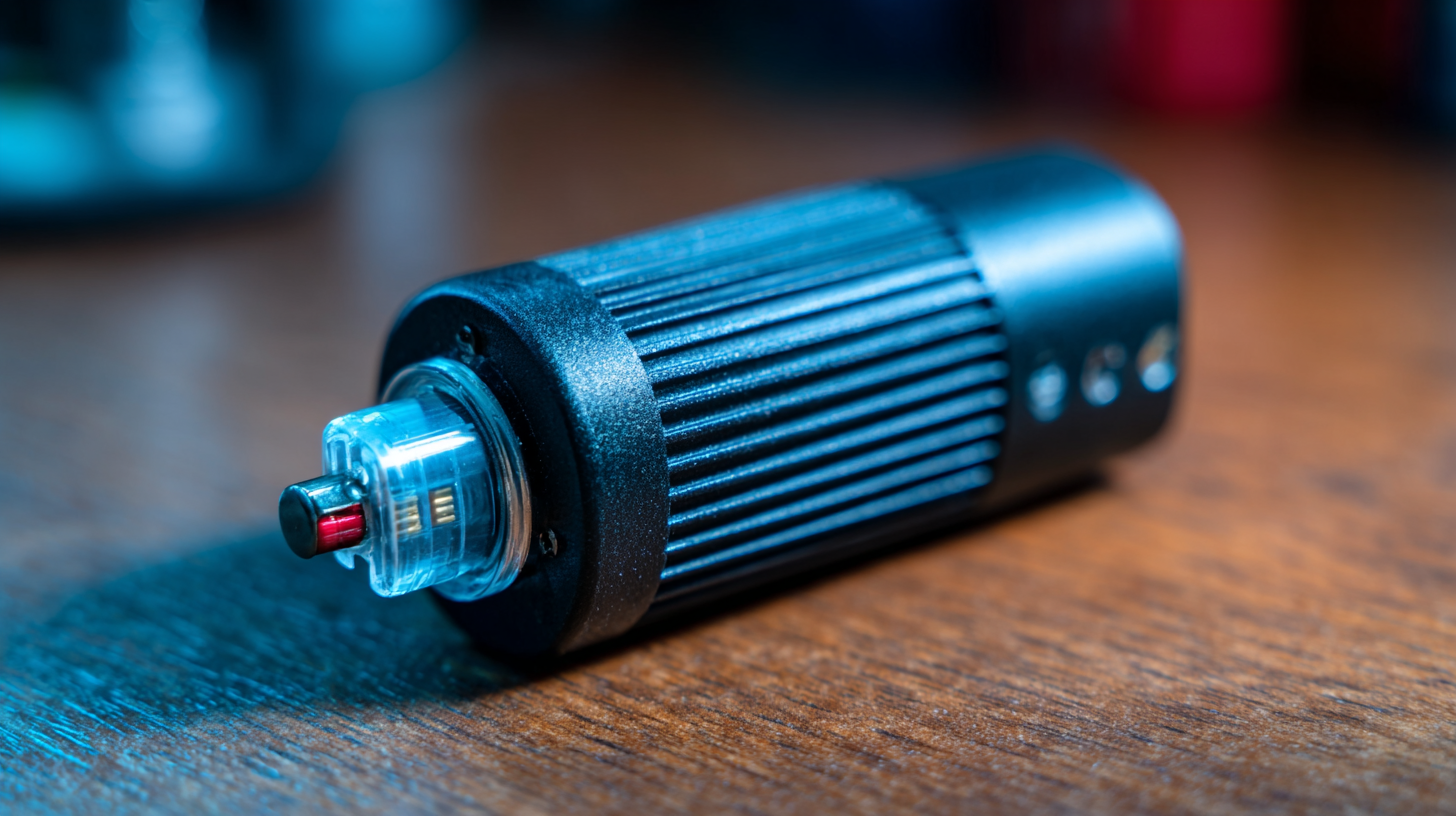
Industry expert Dr. Emily Chen, a respected figure in the power management sector, emphasizes the importance of selecting the right converter for efficiency and sustainability. She notes, "The transition from AC to DC power is not just a trend; it's a necessity for optimizing performance and reducing energy losses in electronic systems." This statement encapsulates the essence of why choosing the right AC to DC converter can make a substantial difference in electronic applications. With technology advancing rapidly, understanding the functionality and benefits of these converters is crucial for engineers and designers aiming to enhance their products' reliability and efficiency.
Benefits of AC to DC Converters in Modern Electronics
In today's fast-paced electronic world, the transition from AC to DC power has become crucial for enhancing the efficiency and performance of various devices.
AC to DC converters enable electronic applications to function smoothly, providing a steady and reliable power supply. These converters are essential for powering sensitive electronics,
such as computers and smartphones, where voltage stability is paramount.
The ability to convert alternating current to direct current ensures that devices operate optimally, reducing the risk of damage from voltage fluctuations.
Tips: When selecting an AC to DC converter, consider the output voltage and current ratings to match your device's requirements.
Additionally, look for converters with built-in protection features, such as overvoltage and short-circuit protection, to safeguard your electronics.
The benefits of AC to DC converters extend beyond just stability; they also contribute to energy efficiency.
By minimizing energy losses during conversion, these devices help in lowering operational costs and extending the lifespan of electronic components.
This efficiency is especially important for battery-operated devices, where maximizing battery life is a key concern.
Tips: Regularly check the efficiency rating of your AC to DC converter. A higher efficiency rating can lead to substantial energy savings over time, especially for applications that run continuously.
Key Industry Statistics on Efficiency Improvements Offered by DC Power
When considering the transition from AC to DC power in electronic applications, one cannot overlook the impressive efficiency improvements that come along with this conversion.
According to a report from the U.S. Department of Energy, the average efficiency of AC-DC converters has seen significant advancements, with many modern units achieving up to 95% efficiency compared to older models that operated around 80%. Such enhancements are paramount in reducing energy losses in power supplies, particularly for devices with high operational demands.
Furthermore, a study conducted by a leading electronics research group indicated that sectors utilizing DC power systems, such as data centers and telecommunications, have experienced an average energy savings of 20% to 30% due to the lower resistance and reduced thermal losses inherent in DC systems.
When combined with renewable energy sources, such as solar panels, the shift to DC not only enhances performance but also drives down operating costs. With these compelling statistics, choosing an AC to DC converter becomes an increasingly rational decision for optimizing electronic applications across various industries.
How AC to DC Converters Enhance Power Quality in Electronic Devices
AC to DC converters play a crucial role in enhancing power quality for electronic devices. With the surge of sensitive electronic applications, the need for stable and efficient power supply has never been more critical. According to a report by the International Electrotechnical Commission (IEC), poor power quality can lead to operational failures and reduced lifespan of electronic components, costing businesses up to $100 billion annually due to downtime and equipment replacement. AC to DC converters mitigate such issues by providing a steady DC output, which reduces voltage fluctuations that can affect performance.

These converters not only stabilize the voltage but also improve overall energy efficiency. A recent study by the Department of Energy (DOE) indicated that implementing high-efficiency AC to DC converters can enhance system performance by up to 15%, significantly lowering energy consumption in electronic applications. Furthermore, these devices are equipped with advanced features like power factor correction, which further reduces harmonic distortion in the power supply, ensuring that electronic devices operate optimally while consuming less energy. Such advancements underscore the importance of choosing the right AC to DC converter in the design of electronic systems, ultimately leading to improved reliability and cost-effectiveness in the long run.
Comparison of AC to DC Conversion Technologies: Solutions and Trends
When it comes to powering electronic applications, the choice of AC to DC conversion technology can significantly impact both performance and efficiency. There are various solutions available, ranging from traditional linear converters to modern switching regulators. Linear converters are valued for their simplicity and low noise output, making them suitable for applications requiring a stable voltage. However, switching regulators are gaining popularity due to their higher efficiency and compact size, especially for battery-operated devices and renewable energy systems.
**Tip:** When selecting a converter, consider the specific requirements of your application, such as load current, efficiency, and thermal management. This will help ensure a smooth operation.
Another emerging trend is the integration of digital control in AC to DC converters. This technology allows for greater flexibility and adaptability, enabling the converters to optimize performance dynamically based on real-time load conditions. Such advancements not only enhance efficiency but also facilitate features like remote monitoring and diagnostics.
**Tip:** Stay updated with the latest technological innovations in AC to DC conversion, as rapid advancements may offer solutions that enhance your application’s performance, reduce costs, or increase reliability.
Why You Should Choose an AC to DC Converter for Your Electronic Applications - Comparison of AC to DC Conversion Technologies: Solutions and Trends
| Conversion Technology | Efficiency (%) | Input Voltage Range (V) | Output Voltage (V) | Cost ($) | Applications |
|---|---|---|---|---|---|
| Linear Regulators | 70-90 | AC 85-265 | 5/12/15 | 20-50 | Low-power devices, Audio equipment |
| Switching Regulators | 85-95 | AC 90-265 | 3.3/5/12/24 | 10-100 | Computers, Industrial equipment |
| AC-DC Power Supply | 80-90 | AC 100-240 | 5/12/24 | 25-200 | Consumer electronics, Telecommunications |
| Rectifier Circuits | 60-80 | AC 50-240 | 5-48 | 15-100 | Battery chargers, Power adapters |
The Role of AC to DC Converters in Renewable Energy Integration
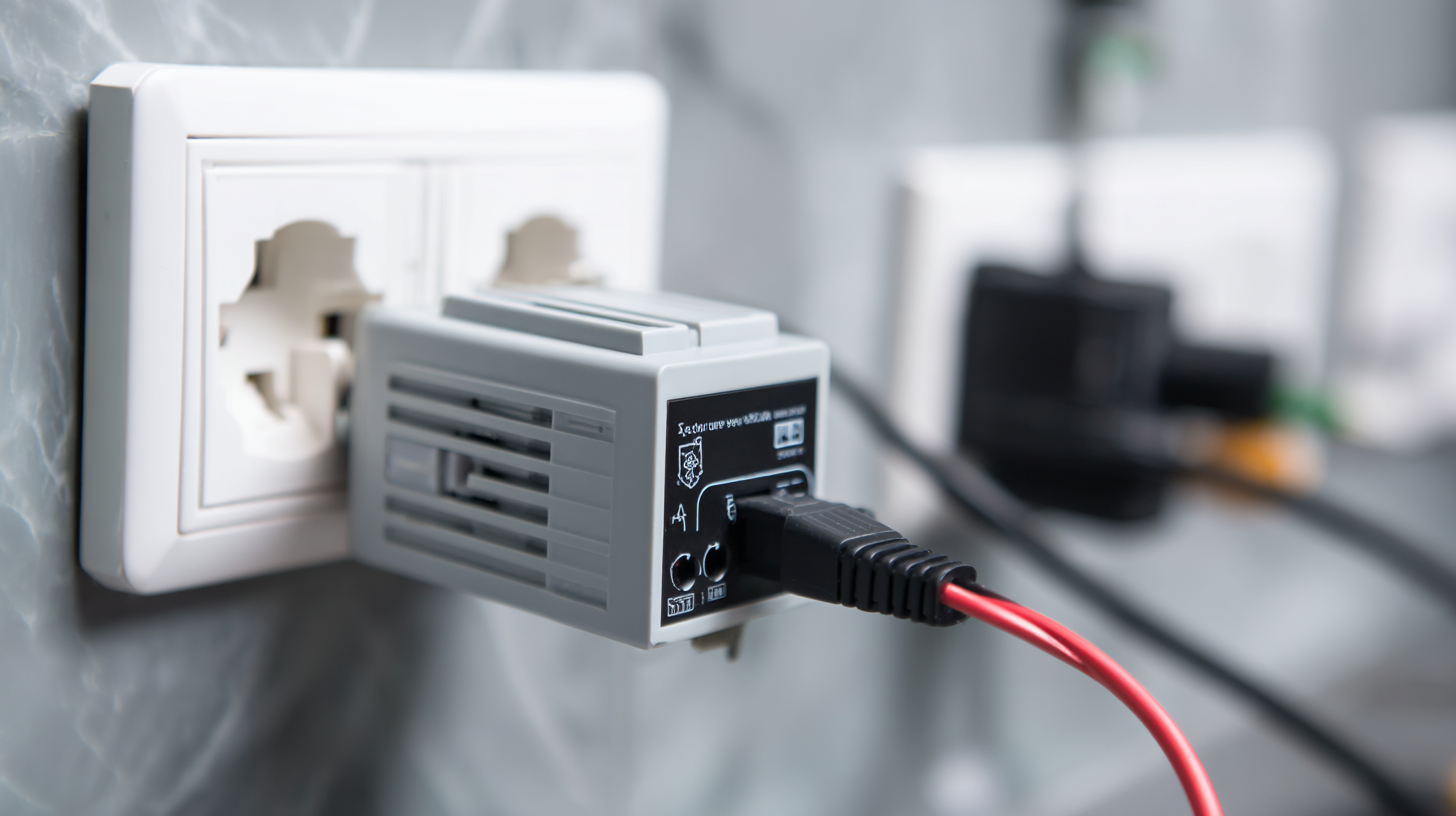 AC to DC converters play a crucial role in the integration of renewable energy sources into the power grid. As more solar panels and wind turbines are deployed, the need for efficient transformation of alternative current (AC) generated by these systems into direct current (DC) becomes increasingly important.
Solar panels, for instance, produce DC power, which must be converted to AC to synchronize with grid standards or utilized directly for charging batteries in off-grid applications. This conversion ensures that energy harvested from renewable sources is effectively utilized and fed back into the grid, maximizing resource utilization.
AC to DC converters play a crucial role in the integration of renewable energy sources into the power grid. As more solar panels and wind turbines are deployed, the need for efficient transformation of alternative current (AC) generated by these systems into direct current (DC) becomes increasingly important.
Solar panels, for instance, produce DC power, which must be converted to AC to synchronize with grid standards or utilized directly for charging batteries in off-grid applications. This conversion ensures that energy harvested from renewable sources is effectively utilized and fed back into the grid, maximizing resource utilization.
Furthermore, the reliability of AC to DC converters enhances the stability of renewable energy systems. These converters not only facilitate the integration of various energy sources but also optimize performance by adapting to fluctuations in energy generation. By implementing advanced conversion technologies, such as high-frequency switching and digital control, industries can increase energy efficiency and reduce losses during the conversion process. This not only bolsters the viability of renewable energies but also encourages wider adoption, enabling a smoother transition to sustainable power solutions.
Related Posts
-
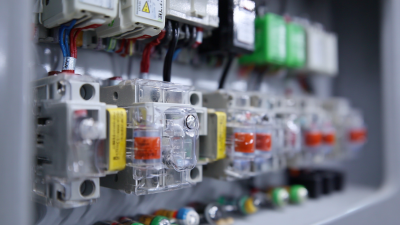
Unlocking Efficiency: How Switching Power Supplies Transform Modern Electronics
-
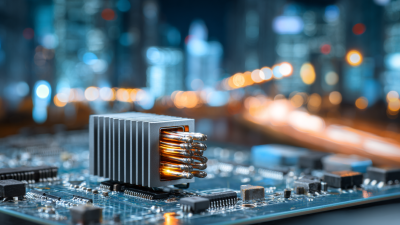
Understanding the Importance of DC to AC Converters in Modern Power Systems
-

Exploring the Future of AC Power Supply: Trends, Innovations, and Market Growth Projections
-
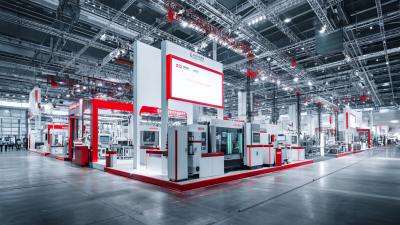
Exploring DC DC Converter Innovations at the 138th Canton Fair 2025 in China
-

Why DC Supply is Essential for Modern Electronic Devices and Applications
-
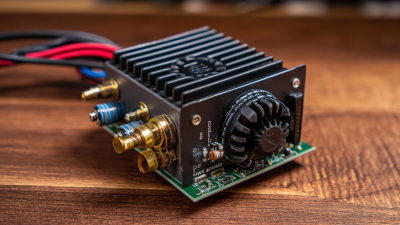
How to Choose the Right DC to AC Converter for Your Power Needs
At Premium PSU, we are specialists in designing and manufacturing power conversion systems for the industrial market. Our product range includes high reliability power supplies from 50W to 72kW.
PREMIUM PSU
C/ Dolors Aleu, 19-21, 2nd Floor
08908 – Hospitalet de Llobregat
Barcelona-SPAIN
t.+34 93 223 26 85


